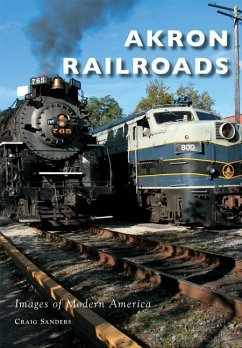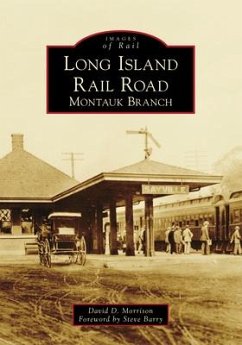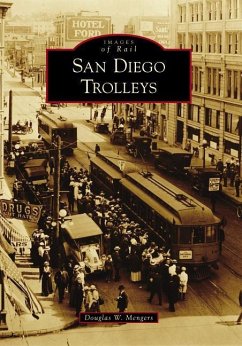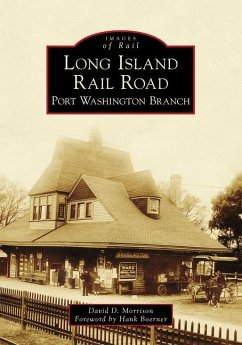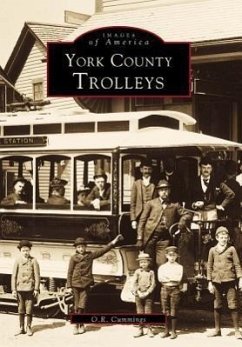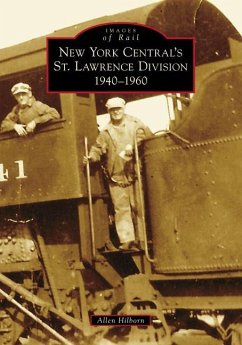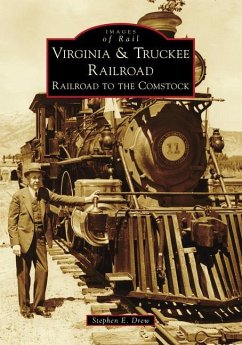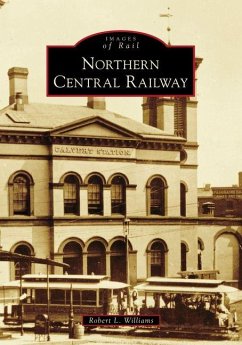
Maine's Two-Footer Railroads
The Linwood Moody Collection
Versandkostenfrei!
Versandfertig in über 4 Wochen
19,99 €
inkl. MwSt.

PAYBACK Punkte
10 °P sammeln!
Beginning in 1932, Linwood W. Moody (1905-1983) documented in photographs and collected artifacts of Maine's two-footer railroads. A pioneer of railroad photography, his work led to articles in numerous publications such as RailroadMagazine and later culminated in Linwood's 1959 publication The Maine Two-Footers. Among his personal effects at the time of his death in 1983 were hundreds of photographs of three of the Maine two-footers--the Wiscasset, Waterville & Farmington Railway; the Sandy River & Rangeley Lakes Railroad; and the Monson Railroad. The state of Maine was unique in regards to i...
Beginning in 1932, Linwood W. Moody (1905-1983) documented in photographs and collected artifacts of Maine's two-footer railroads. A pioneer of railroad photography, his work led to articles in numerous publications such as RailroadMagazine and later culminated in Linwood's 1959 publication The Maine Two-Footers. Among his personal effects at the time of his death in 1983 were hundreds of photographs of three of the Maine two-footers--the Wiscasset, Waterville & Farmington Railway; the Sandy River & Rangeley Lakes Railroad; and the Monson Railroad. The state of Maine was unique in regards to its narrow-gauge railroads. Most railroads in the United States have a width of four feet, eight and one half inches between the rails, known as standard gauge. Due to the efforts of George Mansfield, a railroad promoter of the late 1800s, a very narrow gauge of two feet between the rails was successfully developed in the state of Maine.




